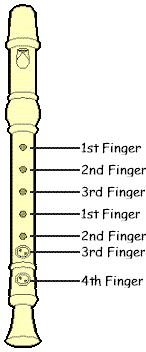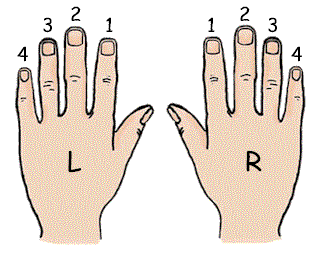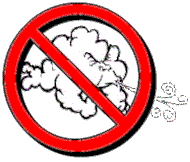|
This site is best viewed at |
|
Playing the recorder is easy once you master the basics of fingering, blowing and tonguing. Click on the following hyperlinks if you are already familiar with the basics and are looking for tips on stopping squeaks, a fingering chart, for help reading a fingering chart, or for fingering quizzes.
First, you must remember the "Golden Rule" of recorder playing: "Left Hand on Top." It doesn't matter which hand you write with, or how awkward it may feel, you must always place your left hand on the top holes. When you place your fingers over the holes, you must create a flat, tight seal. Try to avoid curving your fingers under. Instead, imagine you are being finger-printed. The tips of your fingers should reach, and possibly hang over, the side of your recorder.
Finally, you must blow GENTLY!!! The recorder is a small woodwind instrument, not a big, loud tuba.
|
|
©2005-2009 Nancy Philbeck |



